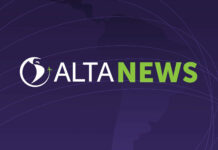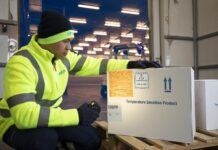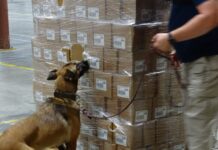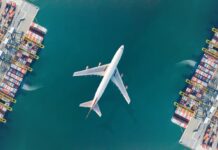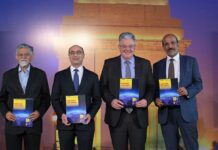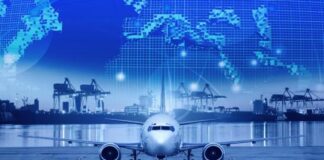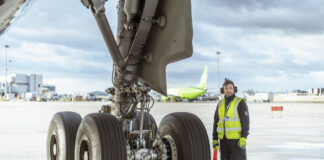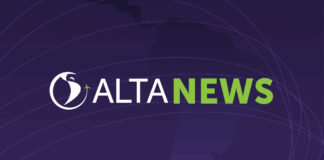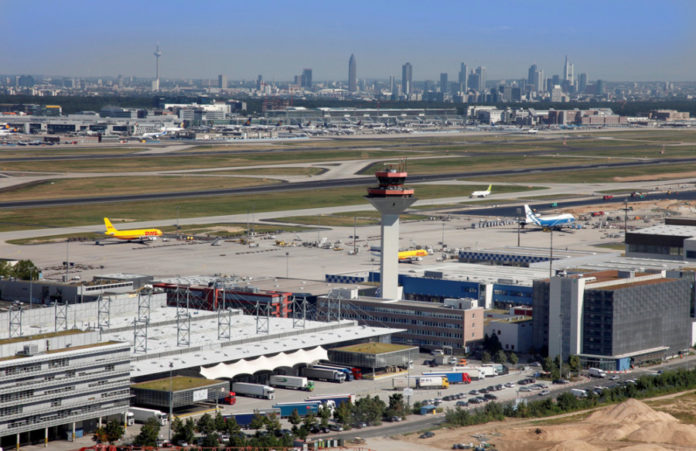

A strong final quarter boosted Frankfurt Airport (FRA) to a pleasing airfreight result in 2016.
Senior vice president for cargo, Dirk Schusdziara (pictured below) says after a very slow start to the year, it got better and better, handling 2.2 million tonnes in 2016 – 2.1 million tonnes of freight and 85,000 tonnes of mail.
He explains: “While we had a decrease in the first quarter (Q1), Q2 and Q3 showed an increase by 2.3 and 2.4 per cent and in Q4 figures grew by 3.3 per cent. If it hadn’t been for the pilot strike of Lufthansa, the result would have even been higher.”
Schusdziara says FRA was strong in general cargo pushed by Germany’s export-oriented industry, while pharma grew and due to huge demand companies are expanding their facilities. At the end of 2017, FRA will have more than 10,000 square metres of temperature-controlled areas, up from the 7,000 it has now.
BRIC countries were growth drivers trade lane wise in 2016 – up 10.9 per cent for these four countries. China, India and Russia recorded double-digit growth rates and Brazil recovered well.
The strongest regional market was the Far East with almost 900,000 (+4 per cent) tonnes of cargo, making up more than 40 per cent of business, followed by North America and Europe.
But Schusdziara sees challenges, notably the need for digital transformation as integrators are already dominating the market with integrated logistics. He adds: “In contrast, the traditional air cargo process is very fragmented and characterised by many individual players. In this context, digital development provides the opportunity to offer faster processes as well.”


FRA will continue to support its cargo community system Fair@Link – which allows electronic exchange of data between participating companies.
He says users say it helps reduce costs from shorter waiting and loading times and higher employee productivity. “The number of new customers is steadily growing ever since the platform was officially launched. Nevertheless, it is often still challenging to get companies on-board and convince them of the opportunities digitalisation can offer.
“But in order to stay competitive as an industry, everyone has to be willing to exchange data, has to agree on common standards and has to push forward digitisation,” Schusdziara adds.
Innovation is the priority in 2017. Schusdziara says FRA wants to keep its role as the “innovation leader in the air cargo supply chain”. He says: “We are planning on adding some additional functions to Fair@Link. The German Customs’ system is already linked to Fair@Link and want to integrate the local EU border checkpoints for plant protection and veterinary examinations as well as the German Federal Office for Agriculture and Food.
“Documentation and clearance can be digitalised speeding up the whole process. We also want to connect the shippers to the system, so they can enter data to the system. This proves interesting for special handling products like perishables, animals and DGR where data has to be transmitted.
“We are developing a digital access control system to facilitate access to our cargo area. The new system will allow them (visitors) to register online beforehand so they can directly proceed to their destination without stopping at the gate.”
FRA is to build another truck parking area, is expanding CargoCity South by 100,000 square metres and the new T3 will add cargo capacity and improve access to cargo areas via a new highway junction, all leaving Schusdziara optimistic for 2017.

